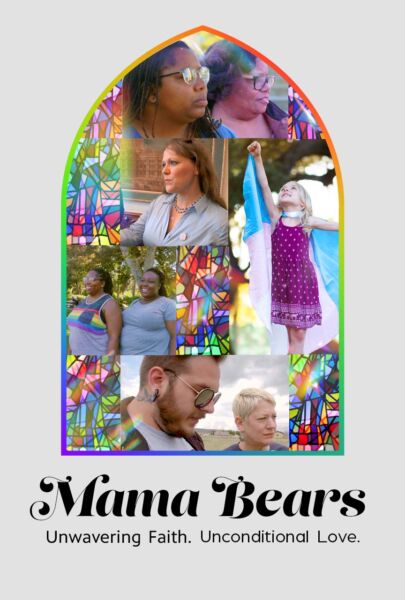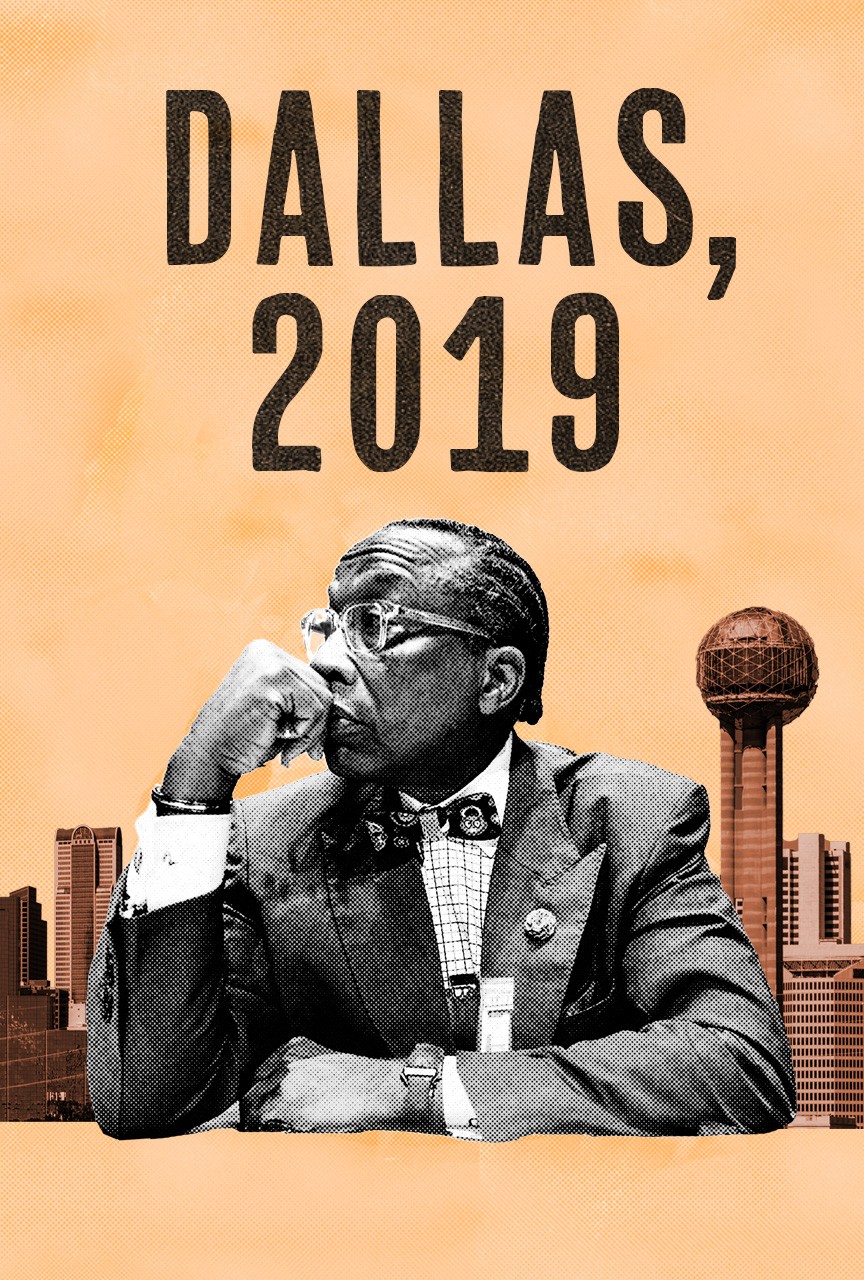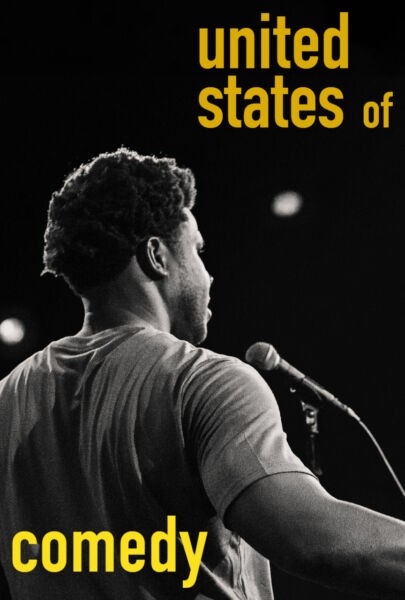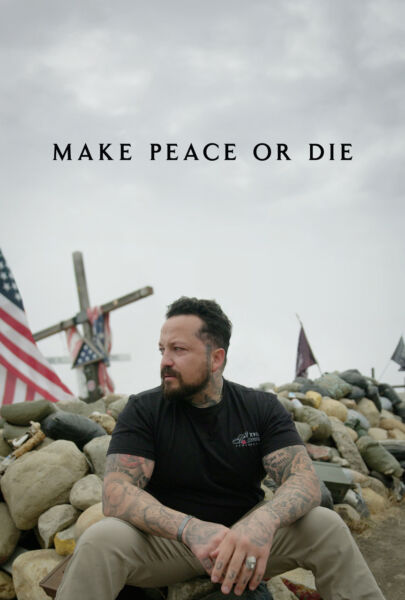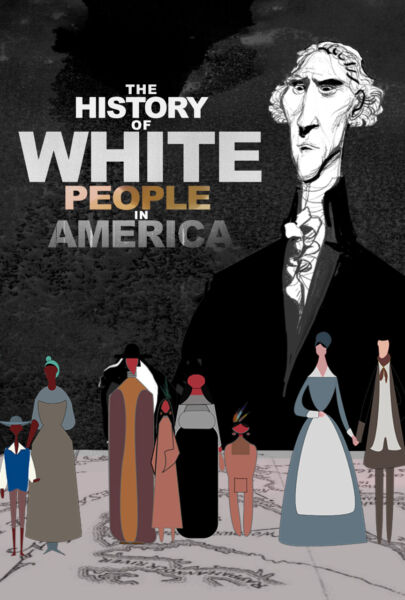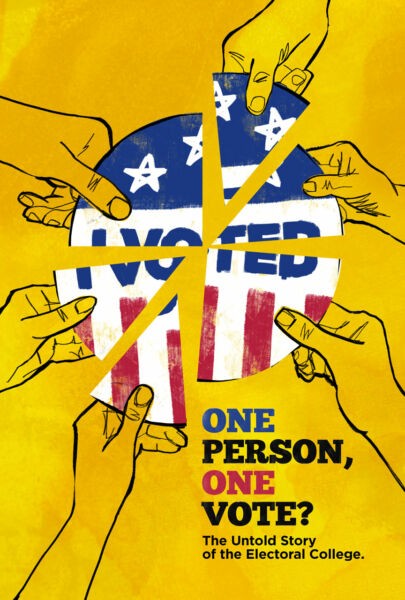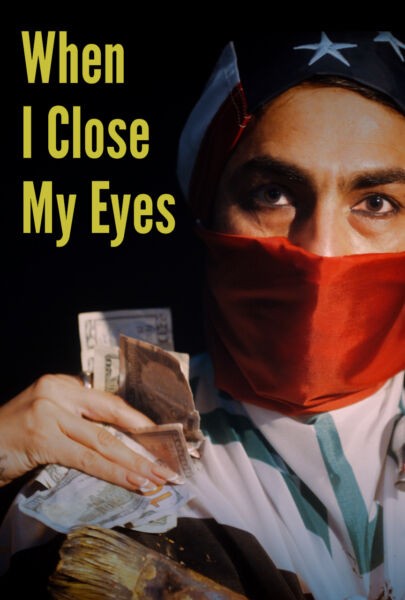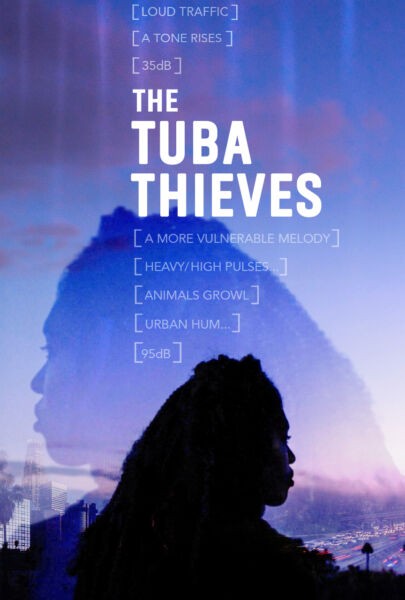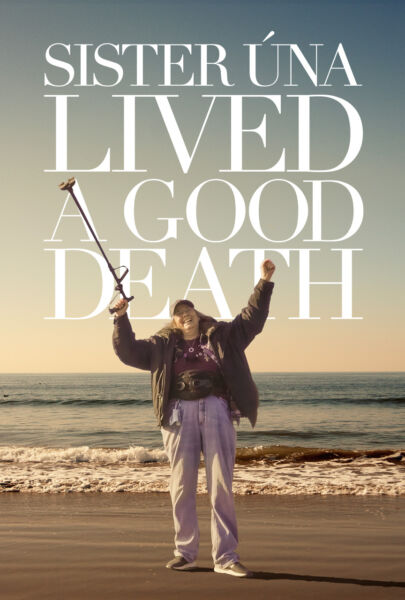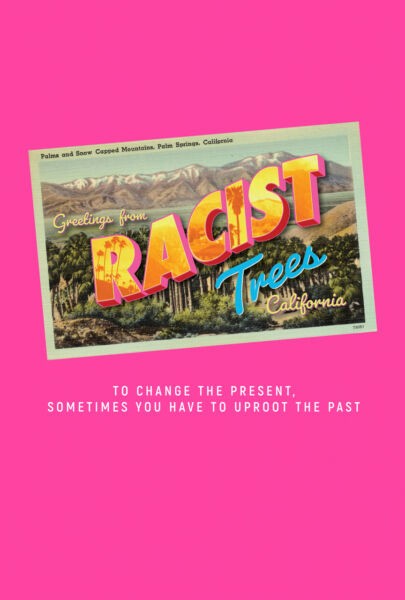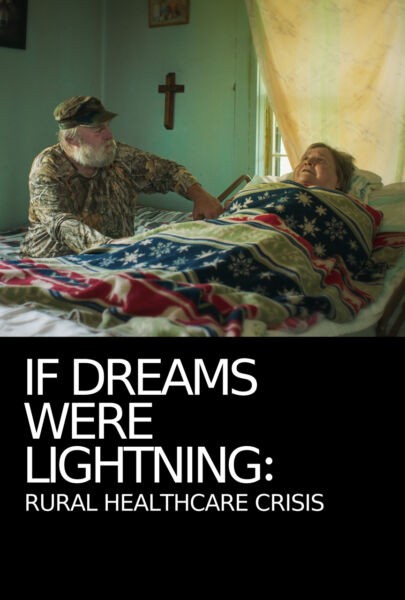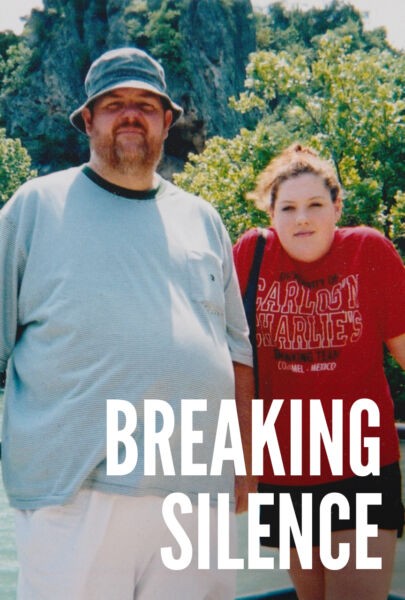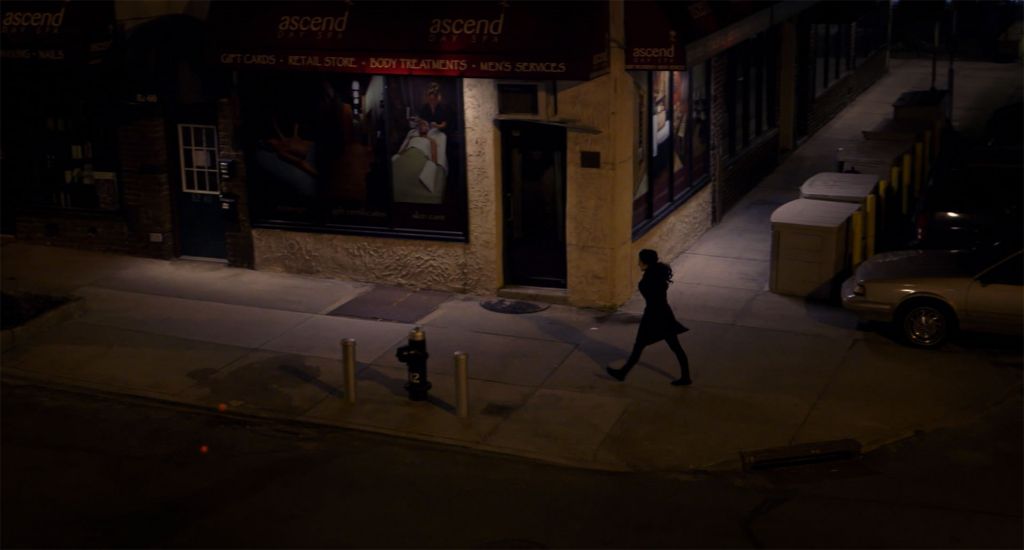
On a cold winter night, March 13, 1964, at around 2:40 in the morning, 28-year-old Kitty Genovese was attacked with a knife just a block from her apartment and died in her stairwell. Genovese’s murder was a tragedy for her family and friends, but in the weeks and months, even decades following, her death turned out to have a life of its own.
 The furor started with the initial report from The New York Times, which stated that police records showed 38 people admitted to hearing her cries for help, but not a single witness called to report the incident. The Times called out this lack of empathy. That narrative stuck as other papers and media outlets ran with the story, including Life Magazine, and nearly a dozen books have been published about Genovese’s death. Social scientists hold it up as a model of human apathy. And James Solomon’s film The Witness dives into the whole tragic tale with new aplomb and perspective.
The furor started with the initial report from The New York Times, which stated that police records showed 38 people admitted to hearing her cries for help, but not a single witness called to report the incident. The Times called out this lack of empathy. That narrative stuck as other papers and media outlets ran with the story, including Life Magazine, and nearly a dozen books have been published about Genovese’s death. Social scientists hold it up as a model of human apathy. And James Solomon’s film The Witness dives into the whole tragic tale with new aplomb and perspective.
After more than 50 years of detailed analysis by every medium possible, it’s easy to think that there is nothing left to say about how and why Genovese died. But as The Witness poignantly reveals, there is much more to uncover about her story. As the viewer learns of the horrific details of Genovese’s death — and some surprising new information — one positive outcome from this tragic crime is revealed: The case is considered to be one of the driving forces for the 911 emergency call system that the United States has used for nearly the past 50 years.
A news report heard in The Witness mentions that her murder led to the adoption of the 911 system, and Kevin Cook, the author of Kitty Genovese: The Murder, The Bystanders, The Crime That Changed America, also echoed that theory on the syndicated news program Inside Edition.
He said one neighborhood man remembers his dad calling the cops on that fateful night, which the documentary also confirms: ‘‘‘There’s a woman staggering around out there! She has been beaten up! You need to come!’ There was no answer to that call,” Cook said. “In those days, there was no 911 system. That’s something that came out of the Kitty Genovese case.”
While the history is a little more complex than that, it’s true that the tragedy was one of the inspirations for the system we know today.
The Genesis of 911
What was the emergency number before 911? Up until the late 1960s, there was no centralized number for people to call in case of an emergency. If someone needed to contact the police or fire department, they called the nearest station. Another option was to dial “0” to reach a telephone operator and then be connected.
 The Industry Council on Emergency Response Technologies (iCERT) traces the system’s beginnings back to communication company Ericsson. In the early 1900s, they developed a portable phone complete with a hand crank that could be attached to telephone wires.
The Industry Council on Emergency Response Technologies (iCERT) traces the system’s beginnings back to communication company Ericsson. In the early 1900s, they developed a portable phone complete with a hand crank that could be attached to telephone wires.
“Utilizing an extension wand, two metal hooks were placed over the wires to form a connection and the handbox was cranked to create a signal that would hopefully be answered by someone on the line,” according to a report on the history of 911 published by iCERT. They claim it was successfully used to report a train robbery in 1907.
The National Emergency Number Association (NEMA) said calls for a national emergency number started in 1957. That’s when the National Association of Fire Chiefs thought that a single number would make it easier for people to report fires.
But it would take another 10 years — about three years after Kitty Genovese was killed — before the U.S. would take steps to create the 911 system. President Lyndon Johnson’s Commission on Law Enforcement and Administration of Justice issued a report recommending that citizens have the ability to contact police departments utilizing a single telephone number.

(image via Flickr Commons/cathyjonest)
By 1968, AT&T — which at the time operated nearly all telephone connections in the U.S. — established a 911 line. Why that number? They wanted a number that was short, easy to remember, and unique, and 911 had never been used as an area code or service code before. This was also back when rotary dial telephones were still the primary type of phone so the shorter the number the better.
On February 16, 1968, the first call was made out of Haleyville, Alabama, where they are indeed very proud of this fact, and hey why not. One of the people attending the first 911 call in Haleyville was Alabama Public Service Commission director Eugene “Bull” Connor (formerly the Birmingham police chief involved in federal desegregation of the city’s schools).
The initial plan for 911 was organized so that state public utility agencies had control, even though it was a national system. This would allow responses to such calls to be answered at a local level, which makes sense. If people notice a fire in their neighborhood they want the closest station to respond.
“Local control over 911 allows emergency communication as well as emergency response to be customized in ways that best suit the needs of the community being served,” according to the iCERT report.
As more people got used to the idea of using the single number, it became clear that dispatchers could benefit from automation. Rather than have callers provide their name and location, the system was adapted so that information was automatically transmitted to the dispatcher.
For years the system worked well.
The Rise of Cellphones
But when cellular phone use started to rise, 911 ran into trouble. Cellphones presented an entirely new set of transmission parameters compared to landlines. In short, the 911 system wasn’t built to communicate with mobile phones in the same way it talked to landlines.
In 2015, USA Today published a report that found most 911 systems throughout the U.S. had dismal location detections capabilities when cell phones were used.
“In an era when your mobile phone can tell Facebook, Uber or even video games where you’re located – with amazing accuracy – 911 operators are often left in the dark,” the report stated.
In California, more than half of cell phone calls didn’t transmit locations to 911 from 2011 to 2013. In 2014, alone 12.4 million, or 63%, of California’s cell phone calls to 911 didn’t share location. That same year in Colorado, close to 40 percent of the 5.8 million cellphone-to-911 calls didn’t transmit coordinates (via the Colorado 911 Resource Center).

In the Virginia suburbs outside of Washington D.C., Fairfax County reported 25 percent of cellphone calls included precise location data, while Loudoun County said only 29 percent of cell calls did transmit their location over the last six months of 2014.
“It is now easier than ever for victims to reach 911, but harder than ever for responders to reach them,” David Shoar, the sheriff in St. John’s County, Fla, wrote to the FCC when he was president of the Florida Sheriffs Association.
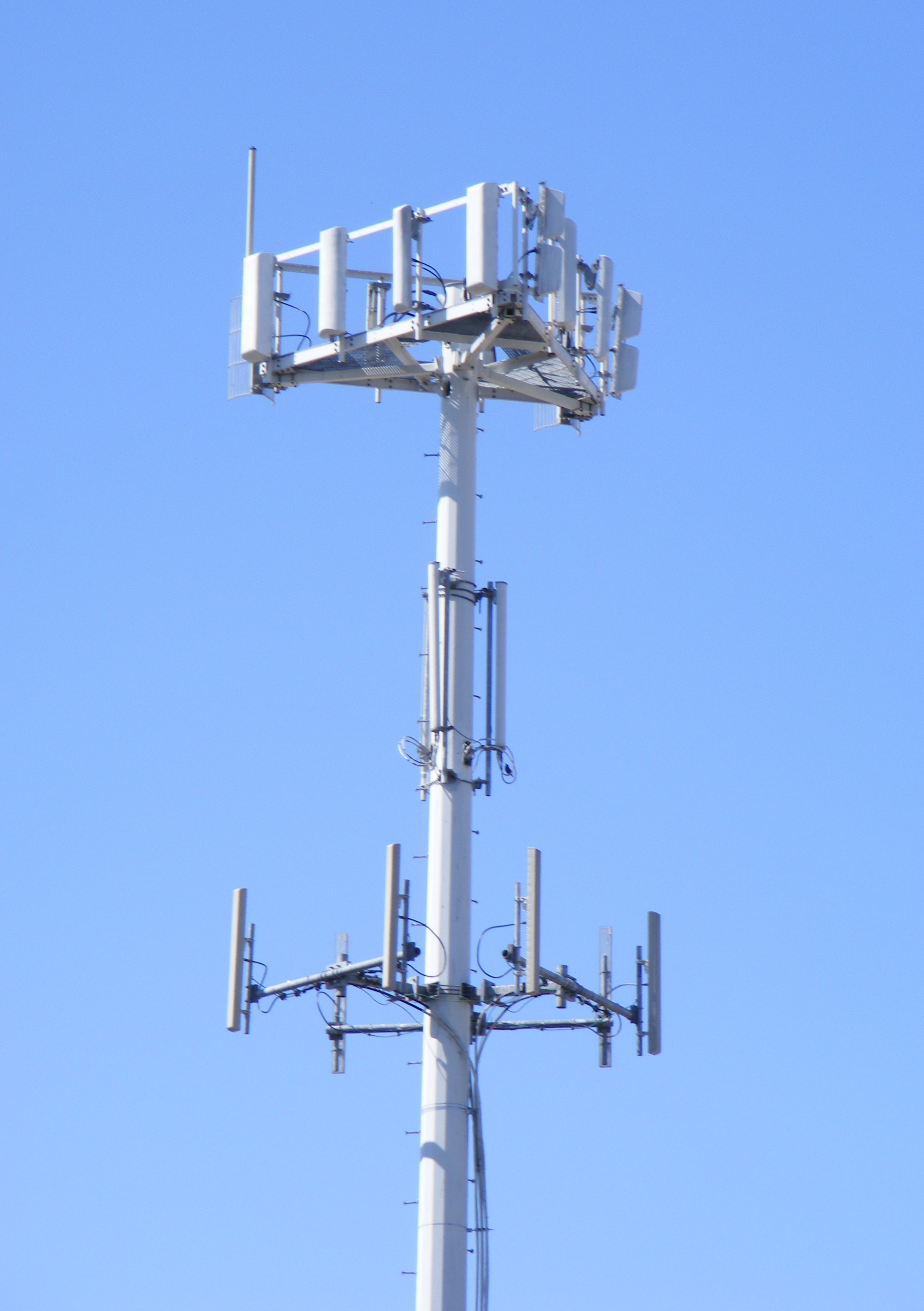
The top of a cell tower (via Wikimedia Commons)
A 911 called made on a cell phone is transmitted through the nearest cell phone tower. Depending on your specific location, this tower could be in another town altogether, which means so could the dispatcher who picks up the call.
Using a computer the dispatcher must ask the network to find your location, and the tower is supposed to transmit back the information. But as the USA Today reported, more often than not, the location isn’t sent back to the dispatcher.
The move to make cell phone calls more 911 friendly and automatically transmit location gained traction 1990s. The FCC set a deadline for “two-thirds of all cellphone calls to be transmitted to 9-1-1 dispatchers by 2002,” according to that same report.
But as more Americans started to jump on the cell bandwagon — today 70 percent of all 911 calls are made from a cell phone — the deadline was pushed back again and again.
“By 2002, the shortcomings of the legacy 911 system were too significant to ignore,” according to the iCERT report. Then U.S. Secretary of Transportation, Norman Mineta, brought together telecommunications researchers, and public safety and transportation representatives, to devise a solution.
NextGen Initiative
That eventually produced the NextGen 911 System Initiative that enables “the general public to access 911 services through virtually any communications device” and provide a “more direct ability to request help or share critical data with emergency services providers from any location.”
This process involves a series of complicated technological and infrastructure upgrades as well as buy-in from wireless carriers, government agencies, and state and local authorities, not to mention a cacophony of telecommunication regulatory questions that are still being sorted out.
And then there’s the cost to fund it all.
Despite the numerous hurdles, rules crafted by the Federal Communication Commission (FCC) and by wireless carriers call for delivery of location data for 40 percent of cellphone calls by 2017 and 80 percent by 2021.
Whether that transpires remains to be seen, as John Oliver so eloquently pointed out when he gave the 911 system the once-over on his HBO show Last Week Tonight, in May 2016:
911 Cell Tips
In the interim, the FCC created a list of tips for people to remember when calling 911 on their cell phones, which include:
▪ Tell the emergency operator the location of the emergency right away.
▪ Provide the emergency operator with your wireless phone number, so if the call gets disconnected, the emergency operator can call you back.
▪ Refrain from programming your phone to automatically dial 911 when one button, such as the “9” key, is pressed.
▪ If your wireless phone came pre-programmed with the auto-dial 911 feature already turned on, turn this feature off (consult your user manual for instructions).
▪ Consider creating a contact in your wireless phone’s memory with the name “ICE” (In Case of Emergency), which lists the phone numbers of people you want to have notified in an emergency.
Final Food for Thought
How would things have been different if Kitty had a cell phone? Would she have received help if 911 existed in its present-day form in 1964? Even if it did exist, would people have been more likely to call after hearing her screams for help? The emergency phone system has changed since then but has our pattern of apathy changed along with it? We leave these questions for you to ponder.
Other sources used for this piece aside from those linked:
http://www.wnyc.org/story/kitty-genovese/
http://people.howstuffworks.com/question664.htm
https://www.nena.org/?page=911overviewfacts
http://www.theindustrycouncil.org/publications/iCERT-9EF_Historyof911_WebVersion.pdf






